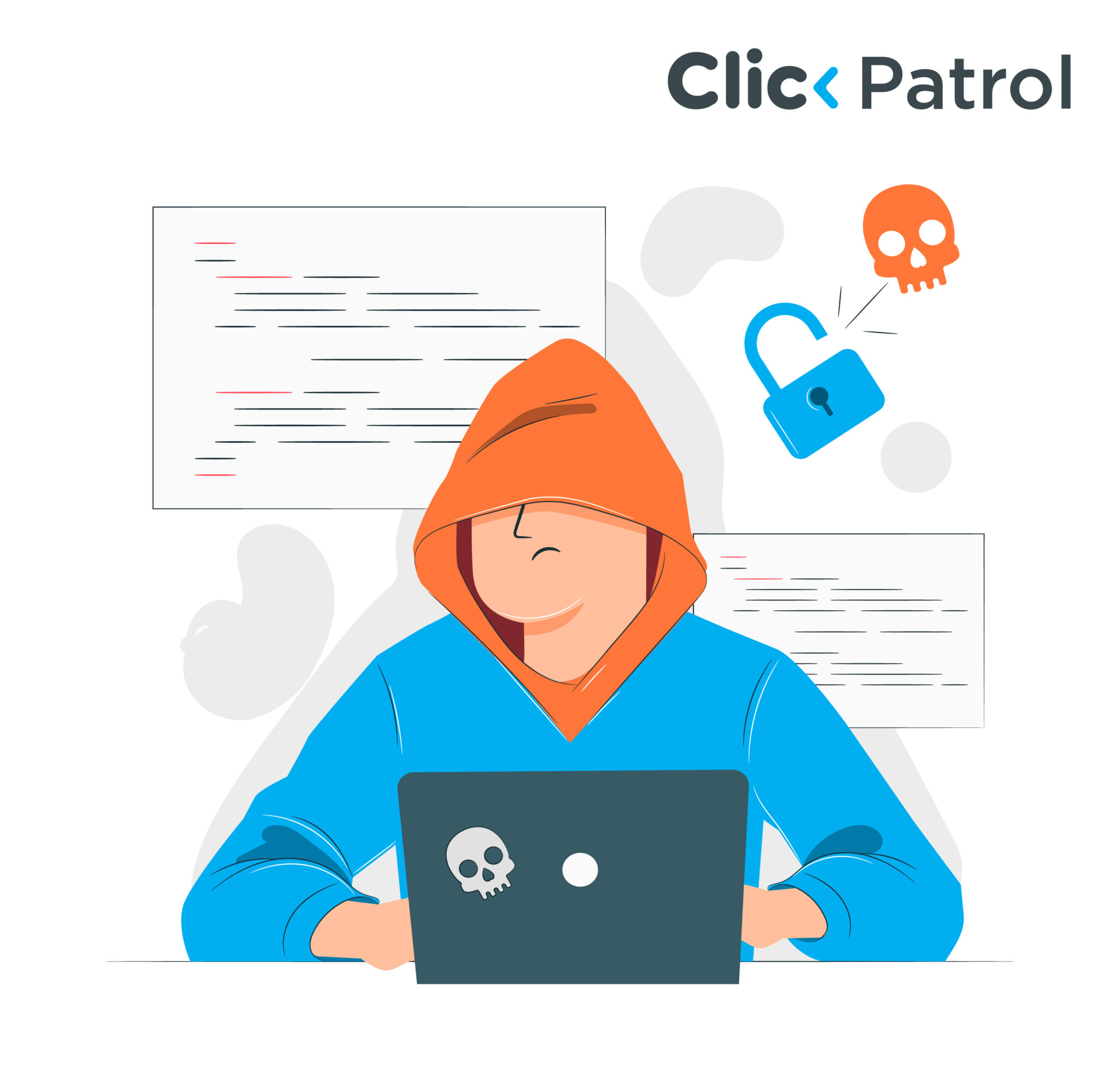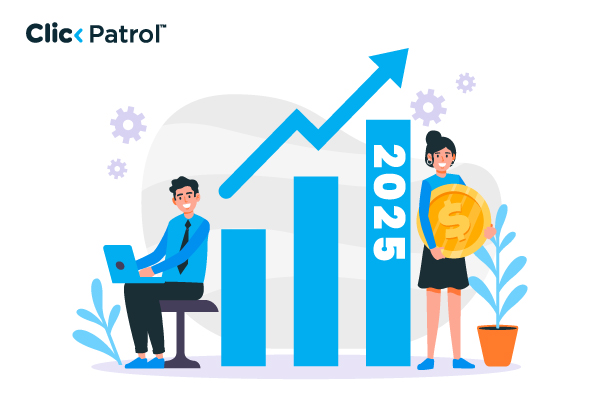They all exploit the viewer’s curiosity or trust for their own views or nefarious purposes. Examples include clickbait, disinformation, scams, deepfakes, and impersonation videos.
Fake YouTube videos: How to spot deceptive content and protect your channel
Abisola Tanzako | May 16, 2025

Table of Contents
- What are fake YouTube videos, and how can you identify them?
- The scale of the problem: Statistics on fake YouTube videos
- Why do fake YouTube videos thrive?
- The impact of fake YouTube videos
- Best tools and strategies to detect fake YouTube content
- Look closely at the channel itself
- Use video verification tools
- Analyze the content quality
- Check the comments section
- Fact-checking services
- Trust your gut and double-verify
- YouTube’s efforts to combat fake videos
- The future of authentic content on YouTube
YouTube holds the title of the world’s second-biggest search engine and enables content creators, brands, and influencers to operate effectively with its 2.7 billion monthly active users.
Over 96% of deepfake content online is hosted on YouTube, according to a 2023 report by DeepTrace Labs. As YouTube continues to expand its operations, it has started to face the increasing problem of fake YouTube video content.
Fake YouTube videos created for strategic deception toward viewers generate serious problems that affect both platform users, creators, and YouTube management.
This guide reveals how to detect fake YouTube videos, the risks they pose, and YouTube’s measures to combat deceptive content.
What are fake YouTube videos, and how can you identify them?
Fake YouTube videos intentionally mislead viewers by presenting fabricated information, often employing visual manipulation and deceptive titles and thumbnails.
Video content on YouTube spans from harmless opportunistic content to damaging cons, which include:
- Clickbait videos: Videos with sensationalistic titles and thumbnails often make false promises due to a lack of substance, such as “I Survived 100 Days in a Volcano!”
- Misinformation videos: This type of content disseminates false information by sharing narratives that incorporate pseudoscience, fake news, and conspiracy theories.
- Scam videos: Users watch unauthorized promotional materials that pretend to offer phishing links, bogus giveaways, and pyramid schemes.
- Deepfake videos: New technology enables computers to produce or alter video content, making people appear to perform unreal actions or speak words that never left their lips.
- Impersonation videos: The deceptive content originates from fake accounts that pretend to be authentic creators and brand institutions with the goal of tricking spectators.
The scale of the problem: Statistics on fake YouTube videos
Multiple studies indicate that the scope of fake YouTube videos remains unclear due to their dynamic nature, although researchers have collected data on this problem.
- Content volume: Videos arrive at YouTube at a rate of 500 hours every minute. The large number of video submissions makes it impossible for YouTube to conduct complete authentication checks, enabling fake material to reach viewers.
- Misinformation reach: Studies show that YouTube failed to address 84% of the misinformation videos users reported within forty-eight hours, allowing them to reach a wider audience.
- Deepfake proliferation: DeepTrace Labs published a 2023 report showing that YouTube is the primary platform for non-consensual and fraudulent deepfake videos, accounting for 96% of all online deepfakes.
- Scam losses: In 2022, the FTC reported that video scams on YouTube channels resulted in Americans losing $3.7 billion due to online phishing and fraudulent schemes.
- Engagement metrics: Fake videos capitalize on YouTube’s algorithm by capitalizing on user engagement metrics. According to Moz’s 2022 study, videos with dramatic thumbnails and attention-grabbing titles can generate a 2-10% higher click-through rate (CTR) than standard content.
Why do fake YouTube videos thrive?
Fake YouTube videos multiply through both platform operational characteristics and human mind patterns.
- YouTube’s algorithm rewards engagement: YouTube determines video visibility through its algorithm, which evaluates watch time, view velocity, and CTR performance. Clickbait tactics in fake videos effectively engage online viewers, improving their search engine ranking and promoting video listings.
- Monetization incentives: Partners who join the YouTube Partner Program can earn ad revenue by accumulating 1,000 subscribers and 4,000 hours of watch time. YouTube disbursed $50 billion to creators over three years, a trend that continued into 2023, demonstrating its strong financial appeal.
- Low barrier to entry: The creation process for YouTube content is simple because viewers only need basic smartphone recording equipment, and they can find many tools to edit their content at no cost.
- Viewer psychology: People naturally seek sensational material while simultaneously seeking answers to their questions and curiosities. In 2020, a research team at the University of Southern California determined that content containing strong emotions prompts viewers to share it 30% more often than neutral content.
The impact of fake YouTube videos
The impact of fake YouTube videos extends throughout all user groups and the entire platform structure.
- Viewer harm: The videos lead people toward deceptive phishing attempts and fake investment schemes, which result in monetary losses. Individual safety becomes a risk when viewers consume incorrect health advice, such as the claim that “Cure Cancer with Lemon Juice.” According to a 2021 WHO report, health misinformation about COVID-19 reached one billion YouTube video views.
- Creator challenges: Factual video creators face heightened competition due to counterfeit video content dominating primary search results. Research from Backlinko in 2024 found that authentic videos with extended lengths perform better, although they are often pushed down by shorter, sensationalized content.
- Platform reputation: YouTube faces a crisis because users lose faith when encountering bogus content. In 2023, the Pew Research Center documented that 42% of its surveyed users detected deceptive content on YouTube. Audience perceptions about this issue might lead users to use platforms like TikTok or Vimeo instead of YouTube.
Best tools and strategies to detect fake YouTube content
The best tools and strategies to detect fake YouTube content include:
Look closely at the channel itself
- Check the channel age: Fake or scam content often comes from new or suspiciously inactive channels. You can see when a channel was created on its “About” page.
- Subscriber-to-view ratio: A channel with a small number of subscribers but millions of views on certain videos is a red flag.
Use video verification tools
- InVID and WeVerify: These are browser tools (Chrome extensions) that help you analyze thumbnails, break down videos into keyframes, and reverse-search them to check for stolen or manipulated content.
- Google Reverse Image Search / TinEye: Screenshot a part of the video and run it through a reverse image search. This helps you find if the content appeared elsewhere first, sometimes in a different context.
Analyze the content quality
Look for signs of deepfake or AI editing:
- Faces that do not blink naturally
- Mismatched lighting or blurry edges
- Lip movements do not perfectly match the audio.
Check the comments section
Genuine comments vs. bots:
- Fake videos often have strange, repetitive comments or bots hyping the content. Be suspicious if you see numerous “Thanks for this video!” comments without any real discussion.
Fact-checking services
- Snopes, AFP Fact Check, Reuters Fact Check, and Africa Check are platforms that often investigate viral videos, including ones circulating on YouTube.
- You can even search the video title or keywords + “fact check” on Google to see if anyone has debunked it.
Trust your gut and double-verify
- If something feels “off,” it probably is.
- Cross-check information with trusted news outlets or official sources before believing or sharing.
YouTube’s efforts to combat fake videos
YouTube operates various approaches to stop fake videos, but their performance still faces ongoing obstacles:
- AI-powered detection: YouTube’s systems use Content ID and machine learning to identify almost all problematic video content before user reports become necessary.
- Human moderation: YouTube relies on 20,000 global moderators to evaluate flagged content; however, the massive number of uploads creates operational challenges that make this approach less effective.
- Policy enforcement: YouTube enforces its Community Guidelines, which prohibit the dissemination of false information, deceptive practices, and content that poses a danger to users.
- Creator education: YouTube offers the Creator Academy program, providing instructional materials on best practices to help creators avoid deceptive approaches.
- Transparency reports: YouTube regularly reports on video removals through its transparency reports, which reached 5.6 million during Q3 2024 due to policy violations.
The future of authentic content on YouTube
False YouTube content has become a growing digital issue due to financial gains, automated choices, and natural human curiosity.
YouTube battles fake content across its 2.7 billion-user platform, which receives 500 hours of uploaded content every minute.
People watching content need to be cautious, and content creators must maintain authenticity. We can build a safer platform that reliably serves everyone when we understand how fake videos work and take advanced measures to protect it.
Frequently Asked Questions
-
What are the most common types of fake YouTube videos?
-
How can I determine if a YouTube video is fake?
Examine the thumbnail, title, channel details, comments, and off-site links. Verify facts against trustworthy sources and utilize tools like VidIQ for in-depth analysis.
-
Will scam YouTube videos hurt my device?
Yes, phishing link videos that are scams can lead to malware or stolen data. Don’t open unverified links from descriptions or comments.






